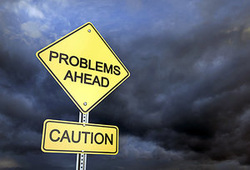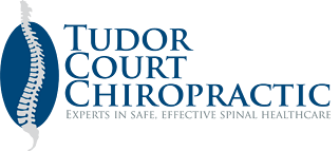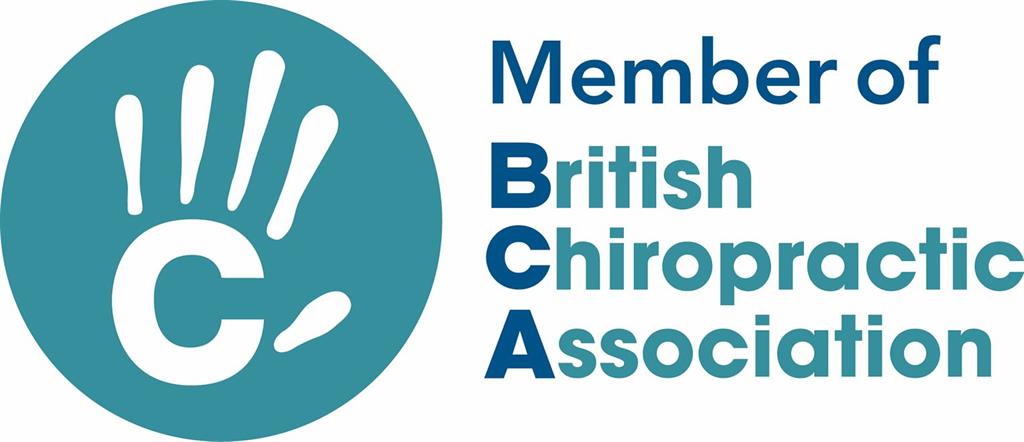
It is not uncommon for patients with muscle pain to end up in a chiropractic clinic, either by referral from another clinician or by self-referral. There are many conditions including trauma that are associated with inflammation of muscles. Even healthy people who overdo it with strenuous exercise can suffer temporary inflammatory changes in their muscles.
Statins are among the most widely prescribed drugs in the world. They are prescribed to lower cholesterol and reduce the risk of cardiovascular disease, they have been linked to a variety of muscle-related side effects termed statin myopathy. This side effect is reported to be as high as 15 percent in patients using all types of statins, with even higher rates of incidence associated with higher dosages and when combining different cholesterol-lowering medications with statins.
Clinical findings include muscle pain and weakness, mainly in the lower limb, but also generalised overall muscle pain and weakness. Life-threatening muscle breakdown, known as rhabdomyolysis, and kidney failure can also occur, although rare.
The typical patient with a statin myopathy is usually older, and complains of pain and stiffness in the muscles of their thighs and buttocks. Historically, they have been taking a statin for less than a few months to control elevated cholesterol levels. Most patients will develop muscle symptoms within the first few weeks of taking the statin.
Often patients with arthritic conditions have difficulty differentiating the symptoms of arthritis with the onset of the myopathy. Patients may report muscle weakness in the locations of pain. Blood testing for the muscle enzyme CPK may be mildly elevated. Most patients are informed about the possibility of muscle injury with statins, but this side effect does not appear to be stressed enough and the patient may not be able to correlate the symptom with the medication because they have a number of conditions that cause similar symptoms.
It should be noted that the risk of muscle damage is multiplied 5-25 times by using a combination of a statin and another cholesterol-lowering drug, rather than just using the statin alone. In fact, the manufacturers of statins recommend that "any patient taking a statin should be advised to report promptly any unexplained muscle pain, tenderness or weakness ... When a muscle disease is suggested, the statin drug should be stopped."
Statin drugs cause three types of muscle conditions. The first type is the most common and consists of mild muscle aching, "myalgia, which is generally reversible within weeks of discontinuing the drug. The second type consists of muscle pain and minor muscle weakness associated with mild muscle inflammation, observable on MRI as edema. The muscle enzyme CPK is generally mildly elevated. This condition also generally reverses, but it may take several months to resolve.
The third type of muscle condition caused by statins is severe muscle inflammation and damage. It must be said that this is rare. There is general overall muscle pain involving all parts of the body, with associated severe muscle weakness. Even the cardiac muscles can be involved, though rarely. The CPK enzyme is markedly elevated, indicating that the muscles are severely damaged. Release of proteins from the damaged muscle cells collecting in the blood can damage the kidneys. This condition can lead to kidney failure and require dialysis.
If you are in any doubt, please speak to your Chiropractor, GP or cardiologist.
MG
Statins are among the most widely prescribed drugs in the world. They are prescribed to lower cholesterol and reduce the risk of cardiovascular disease, they have been linked to a variety of muscle-related side effects termed statin myopathy. This side effect is reported to be as high as 15 percent in patients using all types of statins, with even higher rates of incidence associated with higher dosages and when combining different cholesterol-lowering medications with statins.
Clinical findings include muscle pain and weakness, mainly in the lower limb, but also generalised overall muscle pain and weakness. Life-threatening muscle breakdown, known as rhabdomyolysis, and kidney failure can also occur, although rare.
The typical patient with a statin myopathy is usually older, and complains of pain and stiffness in the muscles of their thighs and buttocks. Historically, they have been taking a statin for less than a few months to control elevated cholesterol levels. Most patients will develop muscle symptoms within the first few weeks of taking the statin.
Often patients with arthritic conditions have difficulty differentiating the symptoms of arthritis with the onset of the myopathy. Patients may report muscle weakness in the locations of pain. Blood testing for the muscle enzyme CPK may be mildly elevated. Most patients are informed about the possibility of muscle injury with statins, but this side effect does not appear to be stressed enough and the patient may not be able to correlate the symptom with the medication because they have a number of conditions that cause similar symptoms.
It should be noted that the risk of muscle damage is multiplied 5-25 times by using a combination of a statin and another cholesterol-lowering drug, rather than just using the statin alone. In fact, the manufacturers of statins recommend that "any patient taking a statin should be advised to report promptly any unexplained muscle pain, tenderness or weakness ... When a muscle disease is suggested, the statin drug should be stopped."
Statin drugs cause three types of muscle conditions. The first type is the most common and consists of mild muscle aching, "myalgia, which is generally reversible within weeks of discontinuing the drug. The second type consists of muscle pain and minor muscle weakness associated with mild muscle inflammation, observable on MRI as edema. The muscle enzyme CPK is generally mildly elevated. This condition also generally reverses, but it may take several months to resolve.
The third type of muscle condition caused by statins is severe muscle inflammation and damage. It must be said that this is rare. There is general overall muscle pain involving all parts of the body, with associated severe muscle weakness. Even the cardiac muscles can be involved, though rarely. The CPK enzyme is markedly elevated, indicating that the muscles are severely damaged. Release of proteins from the damaged muscle cells collecting in the blood can damage the kidneys. This condition can lead to kidney failure and require dialysis.
If you are in any doubt, please speak to your Chiropractor, GP or cardiologist.
MG


 RSS Feed
RSS Feed













